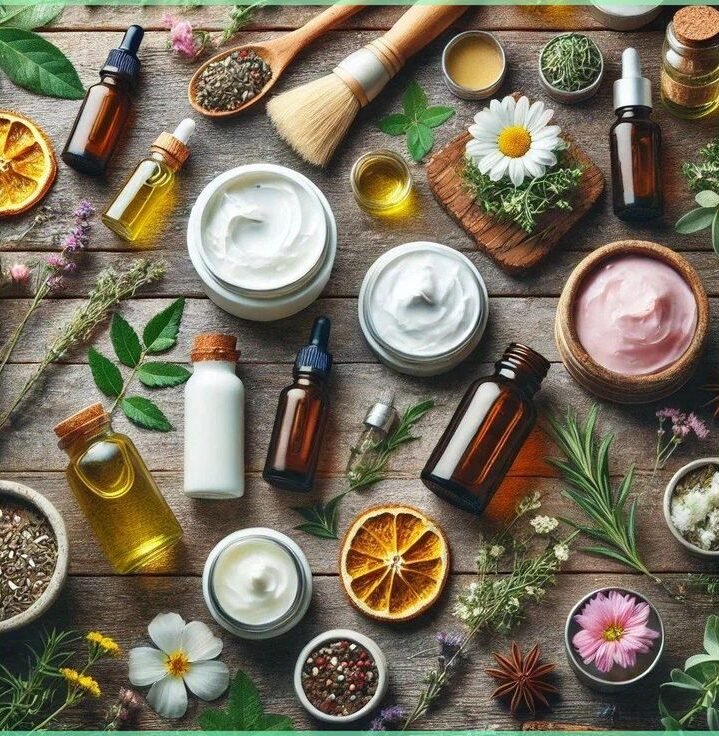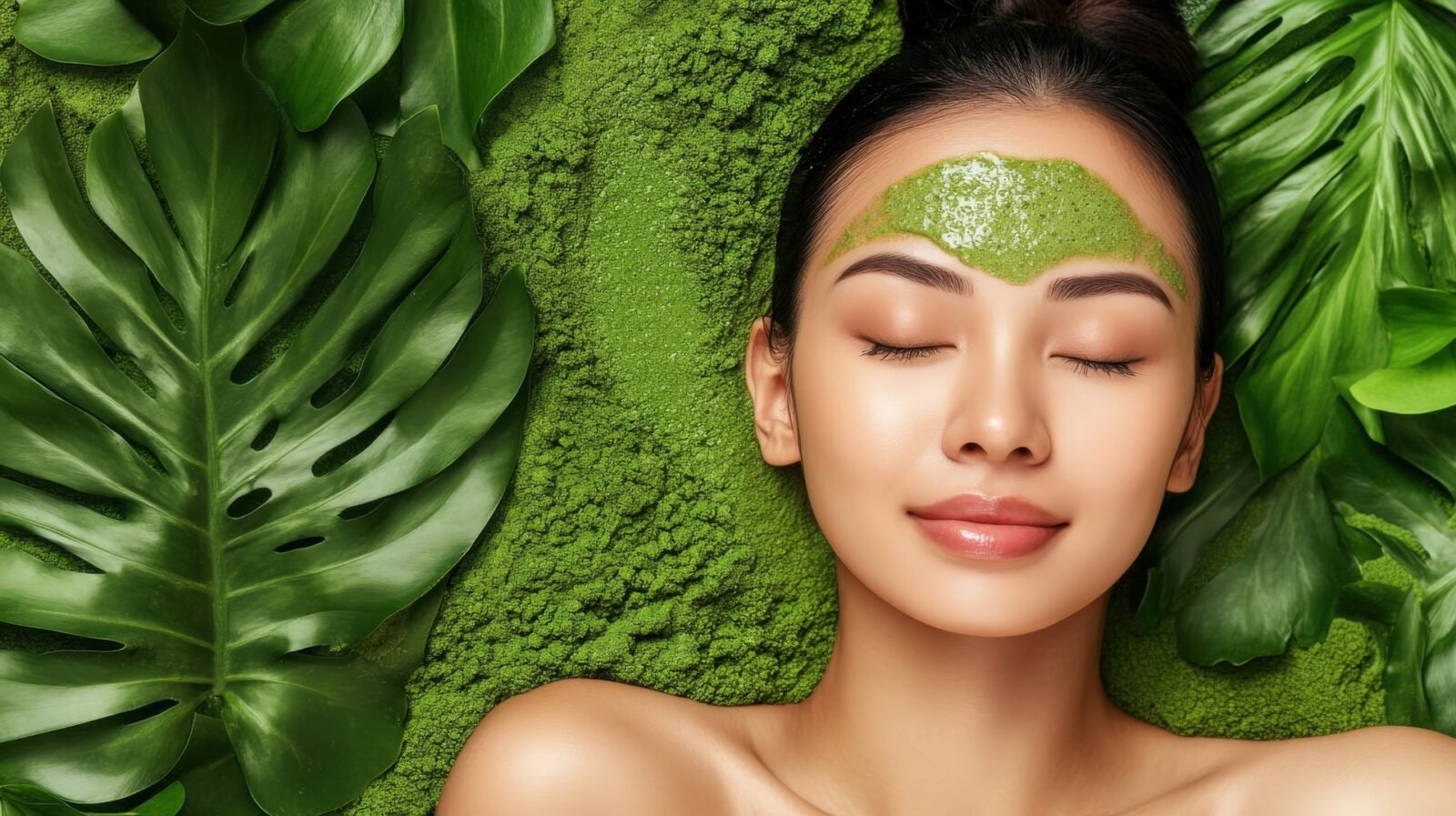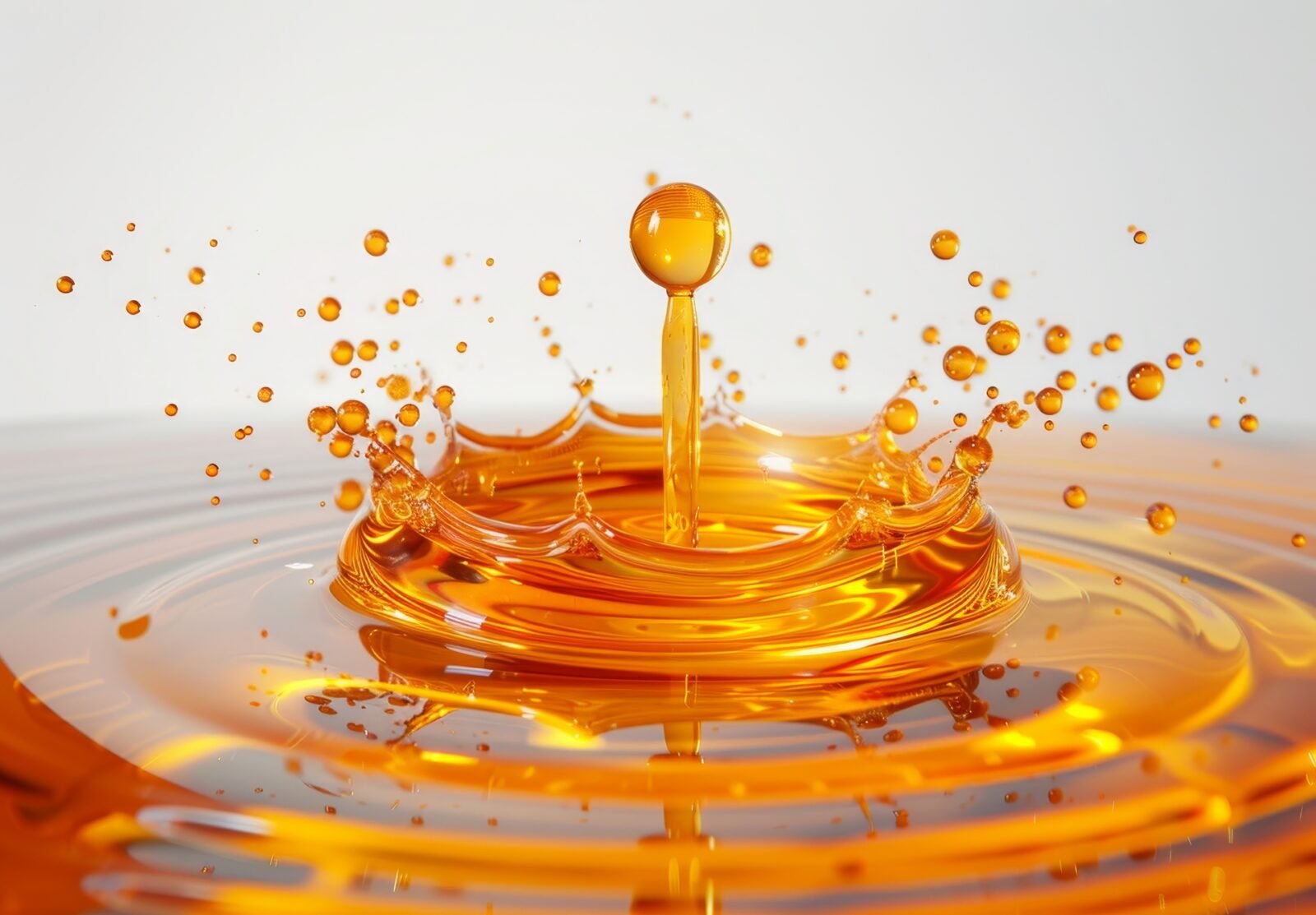The Mediterranean region has long been a source of healing and beauty. From the olive groves of Greece to the lavender fields of Provence, plants cultivated under this unique climate carry potent molecules with profound effects on skin. Today, cosmetic chemists are rediscovering these treasures, pairing them with modern extraction technologies to deliver extracts that meet 2025’s demands for performance, safety, and sustainability. Consequently, this comprehensive hub explores three key categories of Mediterranean cosmetic extracts: vegetal extracts, hydroglycerins, and cold-extracted actives. Together, they represent the evolution of natural skincare from tradition to innovation.
Why Mediterranean Botanicals Matter
The Mediterranean basin is classified as a global biodiversity hotspot. As a result, plants that grow here develop natural defenses against intense sunlight, variable rainfall, and saline soils. These adaptations lead to high concentrations of polyphenols, flavonoids, carotenoids, and essential oils. Moreover, when extracted correctly, these compounds offer antioxidant, soothing, and anti-aging properties highly relevant for modern formulations. In fact, research highlights include olive leaf extracts rich in hydroxytyrosol for free radical protection, chamomile flowers for bisabolol’s calming activity, and rosemary for carnosic acid’s stability in lipid systems , [MDPI].
1. Mediterranean Vegetal Extracts
Vegetal extracts form the cornerstone of botanical actives in cosmetics. Specifically, these are hydroalcoholic or hydroglycerin extracts derived directly from plant leaves, flowers, or roots. Notably, Mediterranean staples include:
- Olive leaf – high in oleuropein and hydroxytyrosol, supporting antioxidant defense and barrier reinforcement.
- Chamomile – soothing bisabolol and apigenin, ideal for calming sensitive skin.
- Calendula – triterpenoid esters that reduce irritation and support wound healing.
- Rosemary – phenolic diterpenes with antioxidant and antimicrobial properties.
- Sage – astringent and clarifying compounds beneficial for balancing oily skin.
Each of these extracts not only delivers bioactivity but also carries cultural resonance. Furthermore, consumers increasingly value authenticity and heritage in cosmetics, and “Made with Mediterranean plants” is a compelling story. For formulators, vegetal extracts are versatile—they can be incorporated into toners, gels, emulsions, or serums with minimal compatibility issues. At the same time, vegetal extracts often blend smoothly with other categories of actives, offering more creative space for chemists.
Read the full blog on Mediterranean Vegetal Extracts →
2. Hydroglycerins and Glycolic Glycerins
Hydroglycerin extracts combine water and glycerin to pull out polar compounds from plant material, while glycolic glycerins use glycol as an additional solvent. Both methods align with “green chemistry” principles by avoiding aggressive solvents and ensuring extracts remain stable in water-rich formulations. Therefore, they are increasingly preferred by brands that emphasize safety and sustainability. Popular choices include:
- Aloe vera hydroglycerin – soothing polysaccharides for hydration and barrier protection.
- Chamomile hydroglycerin – concentrated in apigenin for sensitive skin formulas.
- Calendula hydroglycerin – triterpenoids supporting anti-redness claims.
- Green tea glycolic glycerin – catechins with antioxidant and anti-pollution activity.
The key advantage of hydroglycerins lies in their natural preservative effect: glycerin itself has humectant and antimicrobial properties, helping extend shelf stability. Consequently, this makes them particularly attractive for clean beauty brands. Moreover, scientific studies confirm that glycerin-based extractions preserve delicate molecules that might otherwise degrade in alcohol systems [ScienceDirect]. In comparison, traditional alcohol extraction often strips or destabilizes sensitive actives, making hydroglycerins a smarter option. As well, hydroglycerins enhance consumer perception since they allow “solvent-free” labeling narratives.
Read the full blog on Hydroglycerin and Glycolic Glycerin Extracts →
3. Cold Extraction Plant Actives
Cold processing involves mechanical or low-temperature techniques that prevent degradation of heat-sensitive compounds. As a result, this method has gained popularity as consumers push for raw, minimally processed actives that retain maximum potency. For example, formulators often look to:
- Rosemary cold extract – preserves carnosic acid and rosmarinic acid without oxidation.
- Thyme cold extract – maintains thymol content for antimicrobial properties.
- Lemon balm cold extract – retains flavonoids that support soothing and antioxidant activity.
- Sage cold extract – stable phenolic acids beneficial in anti-acne formulations.
Cold extraction also resonates strongly with eco-conscious consumers, as it often reduces energy use compared to conventional solvent extraction. In addition, it provides higher bioactivity and greener processing. In fact, clinical evidence suggests cold-extracted rosemary maintains stronger antioxidant activity compared to thermally treated versions [Taylor & Francis]. Consequently, formulators who want to combine sustainability and efficacy find cold processing a key differentiator. On the contrary, extracts produced with excessive heat often lose both efficacy and marketing appeal.
Read the full blog on Cold Extraction Plant Actives →
Comparing Extraction Methods
While vegetal extracts provide broad-spectrum activity, hydroglycerins target water-soluble fractions, and cold extraction preserves sensitive molecules. In practice, formulators often combine them. For instance:
- Vegetal + hydroglycerin – layered antioxidant and soothing benefits in emulsions.
- Hydroglycerin + cold extract – synergy of stabilized polar compounds with raw actives for maximum potency.
- Vegetal + cold extract – dual storytelling: tradition meets eco-modern innovation.
This combinatorial approach allows brands to differentiate and substantiate claims. Moreover, with consumers scrutinizing labels more than ever, citing both extraction method and plant origin has become a strong marketing driver. Consequently, it is not just a scientific choice but also a strategic one. In short, choosing the right combination helps chemists design products that meet performance, storytelling, and sustainability expectations simultaneously.
Formulation Applications
Mediterranean cosmetic extracts are suitable for a wide spectrum of products. For example:
- Anti-aging serums – olive leaf + rosemary extracts for antioxidant synergy.
- Soothing creams – chamomile + calendula hydroglycerins for sensitive skin.
- Pollution defense gels – green tea glycolic glycerin paired with sage cold extract.
- Cleansing foams – thyme cold extract for antimicrobial action.
The modularity of these extracts supports easy integration into existing formulation frameworks without significant reformulation burden. In addition, formulators can claim not only efficacy but also sustainability credentials, which are increasingly requested by retailers. Notably, Mediterranean-origin labels strengthen consumer trust and brand positioning worldwide.
Why This Hub Matters
This hub links three complementary blogs into a unified knowledge base for cosmetic chemists. By weaving together vegetal extracts, hydroglycerins, and cold extraction, it highlights how Mediterranean botanicals support the modern demand for natural, sustainable, and clinically relevant ingredients. Moreover, the internal linking improves SEO visibility, helping professionals quickly find in-depth content. Consequently, this hub provides both technical value for chemists and marketing value for brands. In conclusion, Mediterranean extracts are not just another ingredient trend—they represent a strategic toolkit for next-generation formulations.
Explore Natural Alternatives in Your Formulations
Grand Ingredients offers Mediterranean extracts tailored for cosmetic innovation. Whether you seek antioxidant protection, soothing actives, or sustainable cold-processing, our catalog supports claims that resonate with today’s consumers. Explore our Active Ingredients for detailed technical sheets, or Request a Sample for lab testing.
What are Mediterranean cosmetic extracts?
They are natural actives derived from Mediterranean plants like olive, chamomile, calendula, rosemary, and sage. Rich in polyphenols, they provide antioxidant, soothing, and anti-aging benefits in cosmetics.
Why do formulators use hydroglycerin and glycolic glycerin extracts?
Because these methods preserve delicate actives, simplify incorporation into water-based products, and align with green chemistry principles.
What is the benefit of cold extraction in cosmetics?
Cold extraction retains sensitive compounds, offering more potent activity and eco-friendly processing with reduced energy use.







